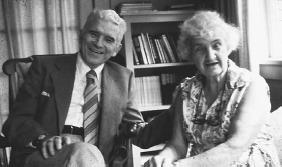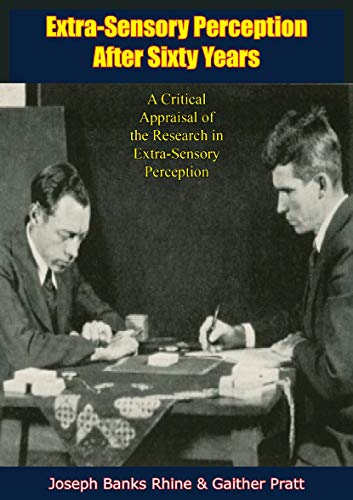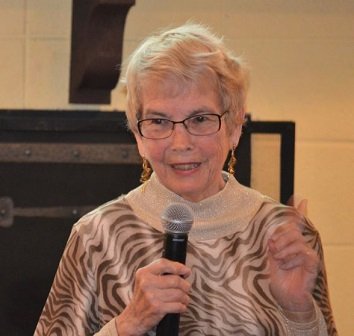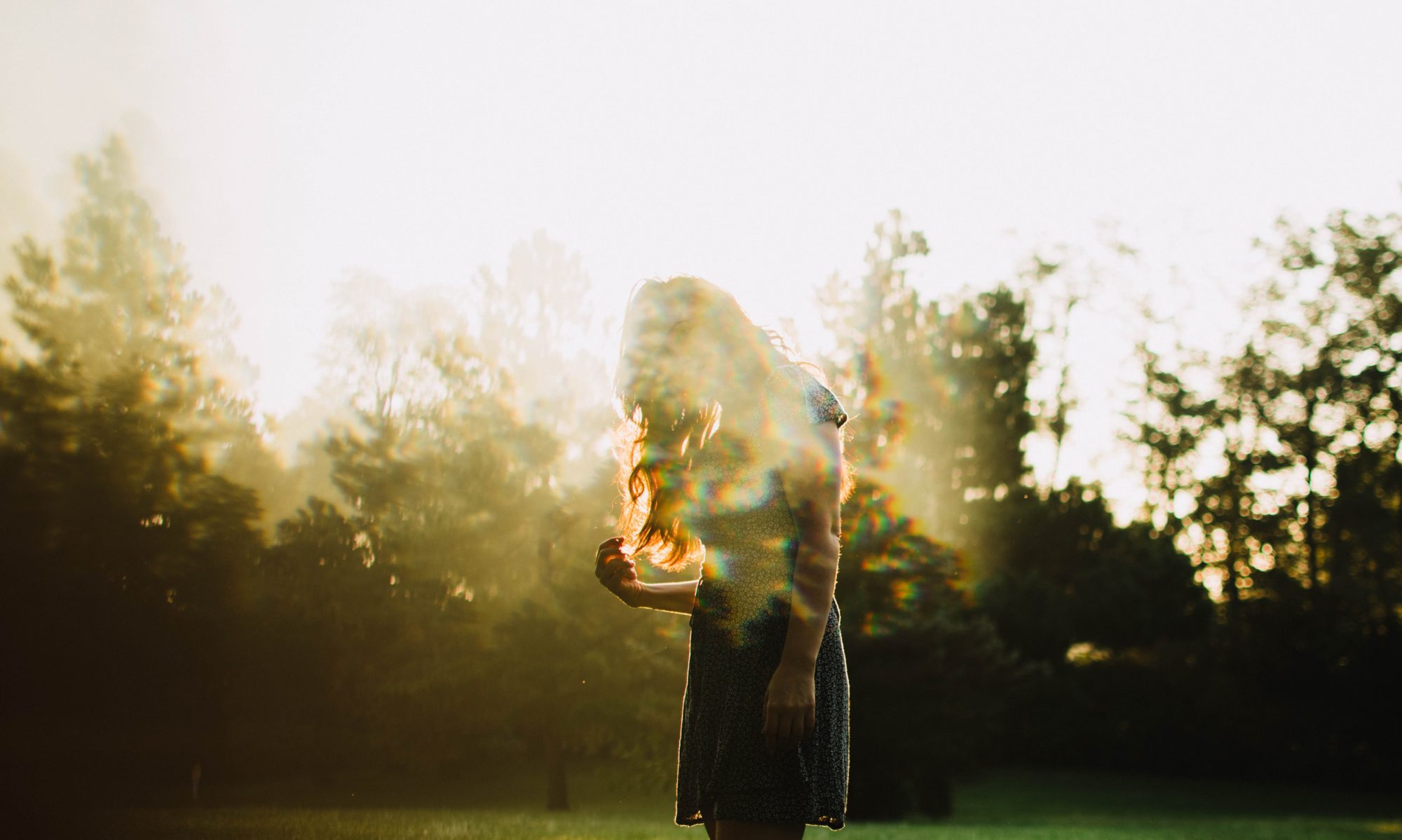
Curious people become scientists. Some people find their original path of inquiry will make a giant curve toward an unexpected journey simply because they had one experience. Dr. Julie Beischel had intended to become one of a plethora of biochemists looking at potential new drugs but an incident with a spiritual medium derailed that idea. She and her husband now run the Windbridge Institute in California where they study mediums’ abilities.
J.B. Rhine and his wife Louisa were botanists having both received their degrees at the University of Chicago when they attended a lecture by the author Arthur Conan Doyle. Not only did Doyle write the wildly popular stories about Sherlock Holmes, but he was also an avid believer in the afterlife and the abilities of spiritual mediums to have access to those who had passed on. At that time, in 1922, the Society for Psychical Research studied spiritual and physical mediums, but not using lab-oriented, blinded, and reproducible experimentation. Botanists of the early twentieth century utilized the most robust statistical methods of the time and Rhines decided to apply these to study supernatural abilities.
Since the SPR was a relatively new organization and focused mainly in the United Kingdom, it was difficult for J.B. Rhine to find an academic position studying anomalous abilities in the United States. He continued to teach botany and Louisa to teach Latin until, when they had nearly given up hope, J.B. found a home in the newly formed Psychology department at Duke University with like-minded chairman William McDougall — a past president of both the American and British SPR. By 1935, Rhine presided over the Parapsychology Laboratory and worked tirelessly to create rigorous experiments to show the statistical existence of extrasensory perception, a term he made famous in his book “Extrasensory Perception” published in 1934.

Along with developing experiments with her husband, Louisa Rhine became the unofficial curator of the numerous letters sent to the Rhine after J.B.’s bestseller gave those who had experienced anomalous events hope that they were not alone. She published several books about the anecdotal events explained in the thousands of correspondence they received. By 1980, Louisa became president of the SPR, the same year J.B. passed away.
The Rhine Research Center is the oldest parapsychology laboratory in the United States and the Rhines’ methodologies and experiments have been utilized and replicated in labs around the world. It holds the Alex Tanous library filled with hundreds of books on the various subjects parapsychology encompasses. Though it has not been associated with Duke University for many decades, it is located near the campus and attracts many academics from the University.

I have had the distinct pleasure to have met and befriended their daughter, Sally Rhine Feather who, in her nineties, is still very active at the Center and who inspired me to write the Calliope O’Callahan novels. The Psy Syndicate is an amalgam of several parapsychology research centers like the Rhine, but I consider the Rhine my classroom filled with very smart, lovely people.
